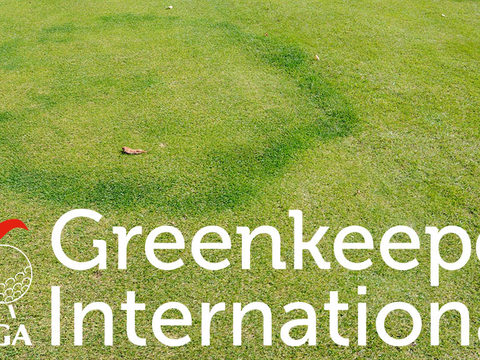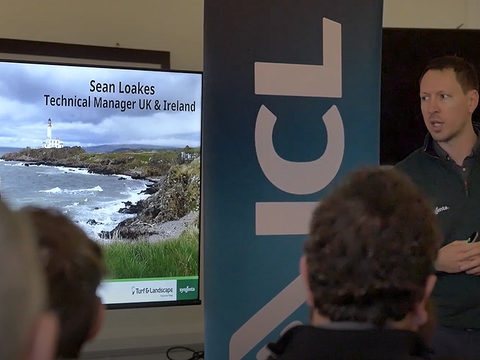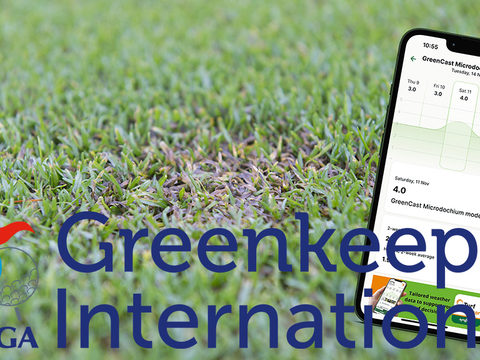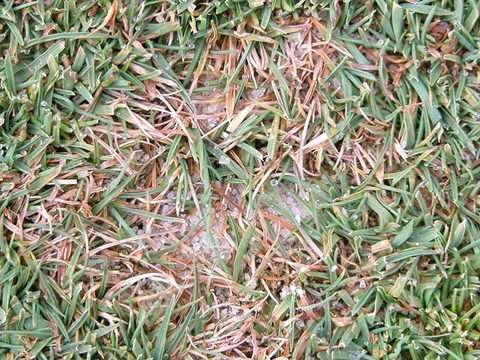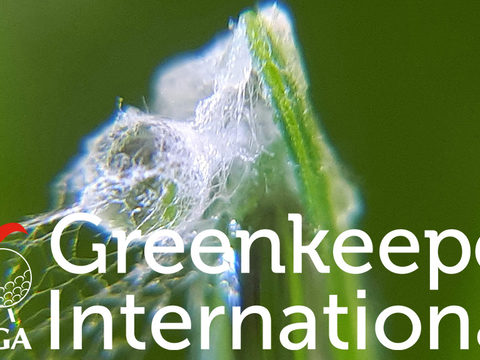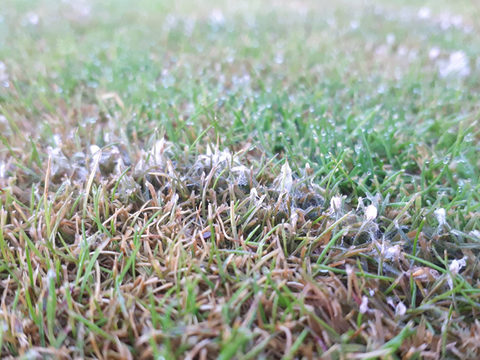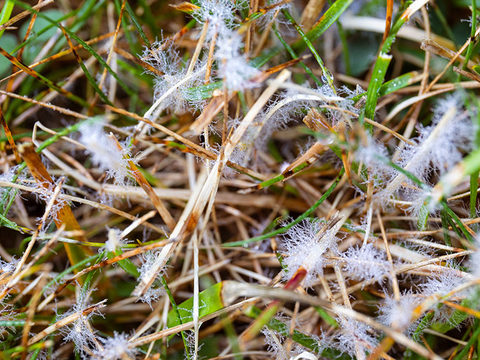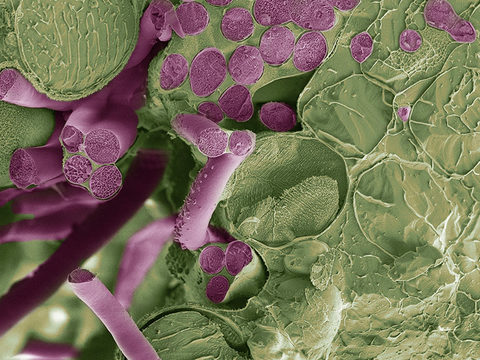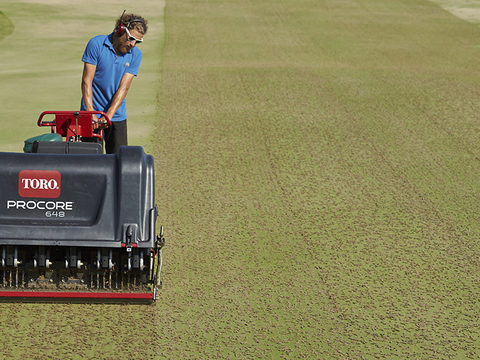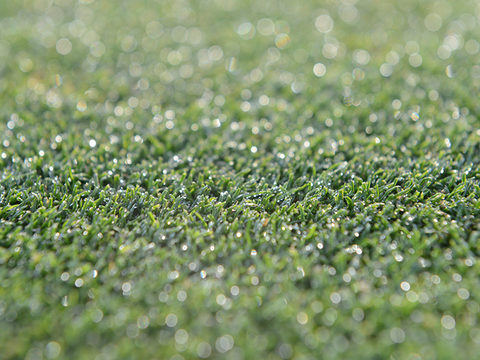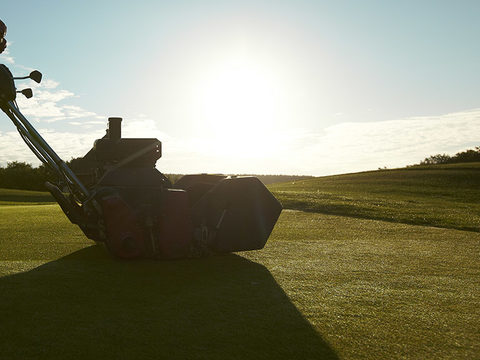Stress points to rising Anthracnose risk
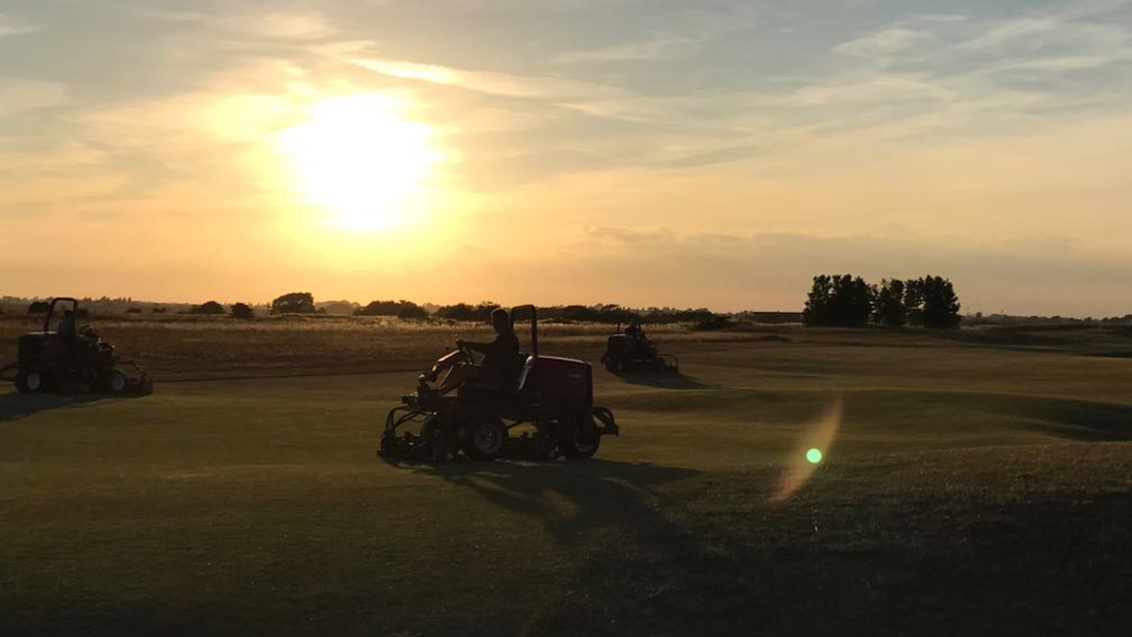
Rising temperatures are set to trigger further damaging Anthracnose attacks on courses across the UK this summer.
Daniel Lightfoot of Syngenta highlighted that whilst conditions in northern England and Scotland have so far been more conducive to healthy turf growth, with wetter and cooler periods, the UK is increasingly seeing more weather extremes and prolonged hot, dry periods where Anthracnose thrives.
“The south and east of England have already experienced very hot and stressful conditions as a precursor for Anthracnose, but at some stage it can be expected to hit almost everywhere, whenever turf becomes stressed,” he warned.
GreenCast historic disease records have highlighted the typical peaks in risk from June to late August in the south of England, but mid-July to mid-September in Scotland. Localised records in Scotland have also highlighted the impact of drier conditions on the east coast that sees Anthracnose risk rising several weeks before central or western areas, for example.
Previous years’ records and experience, along with Greencast disease foerecasts, can prove a useful management guide to predict when future infections may break out on individual courses.
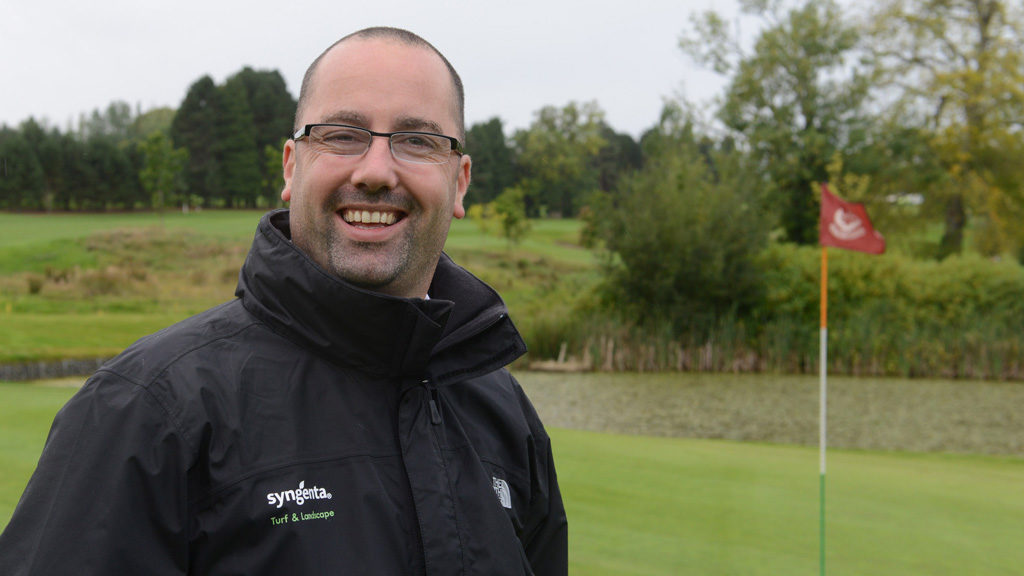
Daniel pointed out that Anthracnose (Colletotrichum graminicola) is the second most common disease on turf and widespread across the UK, after Microdochium patch (Fusarium). The problem has been getting progressively worse in recent years.
“A number of the stress factors that increase the frequency and severity of Anthracnose outbreaks - including heat, drought, height of cut and nutrient deficiency - have become more pronounced in recent seasons," he said.
“It is one turf disease that responds extremely well to an Integrated Turf Management approach. Cultural controls that alleviate stress can be instrumental in reducing both the frequency and the severity of any attack,” he advised.
He cited two particular aspects of water management and nutrition that could have significant beneficial effects for managing Anthracnose. “Irrigation efficiency is increasingly important to make best use of scarce resources, but is essential for plant health.
“Using Qualibra wetting agent moves water down from the surface to retain firmness of greens, but holds moisture deeper in the root zone for greater uptake and utilisation. That can allow for higher rates to be applied less frequently, which is both more efficient and better for turf health.”
Using in combination with Primo Maxx to enable cutting heights to be raised, even marginally, over high risk periods - whilst still maintaining ball roll speed and turf quality - can further alleviate stress and risk, he advocated.
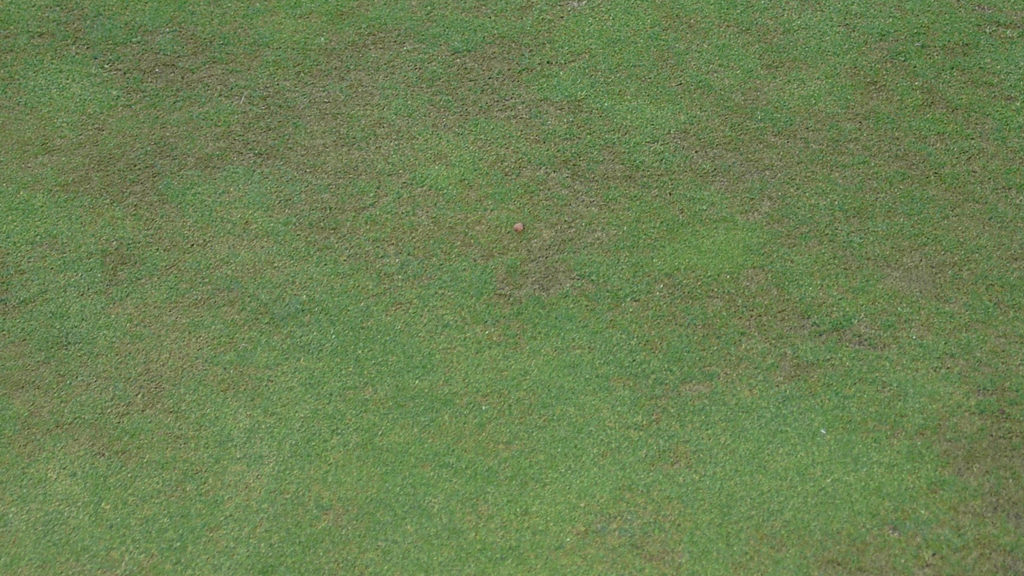
Daniel added that stress of nutrient deficiency can also make turf far more susceptible to Anthracnose attacks (above). Results of trials had shown that balanced nutrition delivered over the summer with a ICL Greenmaster Liquid fertilizer programme alone reduced the severity of infection by 75%, compared to untreated.
"Whilst cultural actions can effectively reduce the risk of disease attacks, during high pressure situations that inevitably arise a well-timed fungicide application can protect turf quality,” advocated Daniel.
The trials by STRI, supported by Syngenta and ICL R&D, demonstrated that when Banner Maxx treatment was combined with the fertilizer programme, the result was a further step change in Anthracnose control - down to just 1% of infection across the green, compared to the outbreak spreading to 18% of the area when left untreated.
“As with all treatments, where the turf is inherently strong and healthy the results from the fungicide treatment were more effective and longer lasting,” he said.
“Using Banner Maxx as part of an integrated approach is the best way to tackle Anthracnose and prepare turf for winter disease pressure.”
Download your guide to Integrated Turf Management control of Anthracnose |

